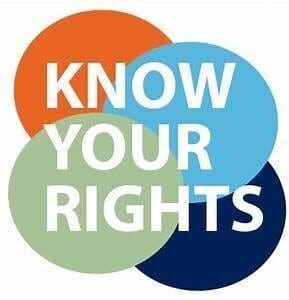

Reduce amount of copying instead, focus on writing original answers and ideas. Encourage use of a spell checker-speaking spell checkers are available for handwritten work. = Help students create a checklist for editing work-spelling, neatness, grammar, syntax, clear progression of ideas, etc. Have students proofread work after a delay-it's easier to see mistakes after a break.

Do not judge timed assignments on neatness and spelling. Explicitly teach different types of writing-expository and personal essays, short stories, poems, etc. Alternate focus of writing assignments-put the emphasis on some for neatness and spelling, others for grammar or organization of ideas. Begin writing assignments creatively with drawing, or speaking ideas into a tape recorder. Allow extra time for writing assignments. Use large graph paper for math calculation to keep columns and rows organized. allow use of print or cursive-whichever is more comfortable. While typing can make it easier to write by alleviating the frustration of forming letters, handwriting is a vital part of a person's ability to function in the world. Introduce a word processor on a computer early however do not eliminate handwriting for the child. For example, speaking through motor sequences, such as "b" is "big stick down, circle away from my body." Use multi-sensory techniques for learning letters, shapes and numbers. It's important to reinforce this early as it's difficult for students to unlearn bad habits later on. Encourage proper grip, posture and paper positioning for writing. Also practice letters and numbers with smaller hand or finger motions.

Practice writing letters and numbers in the air with big arm movements to improve motor memory of these important shapes. Try different pens and pencils to find one that's most comfortable. Use paper with raised lines for a sensory guide to staying within the lines. Becoming a good writer takes time and practice. Be patient and positive, encourage practice and praise effort.


 0 kommentar(er)
0 kommentar(er)
